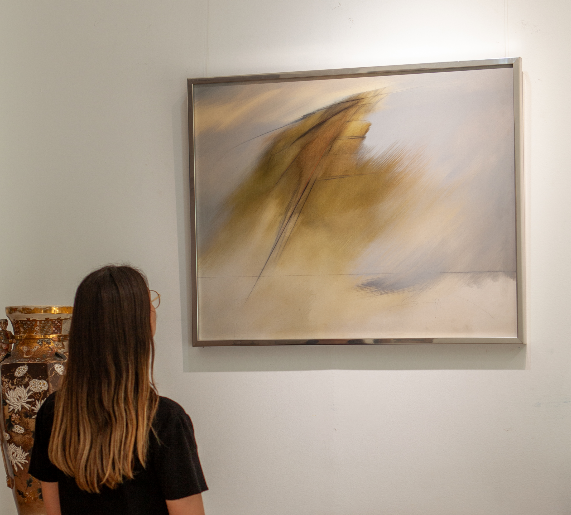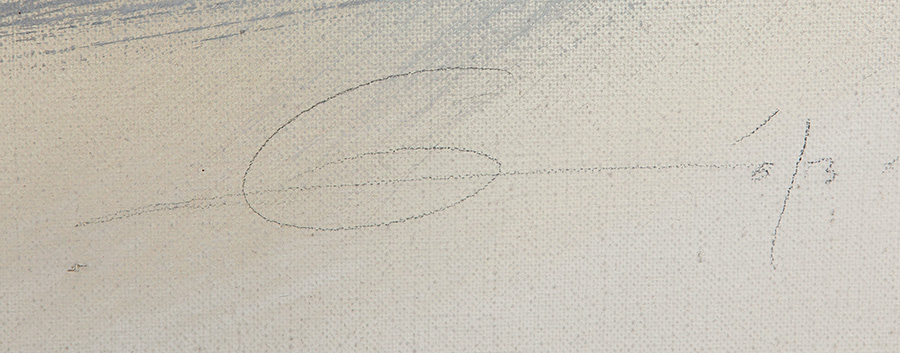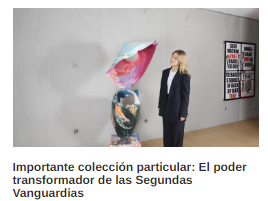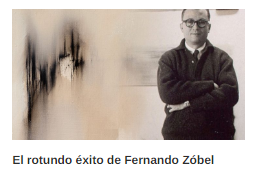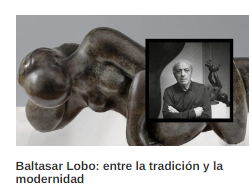The lyrical landscape of Fernando Zóbel
One of the most in vogue artists on the current art scene
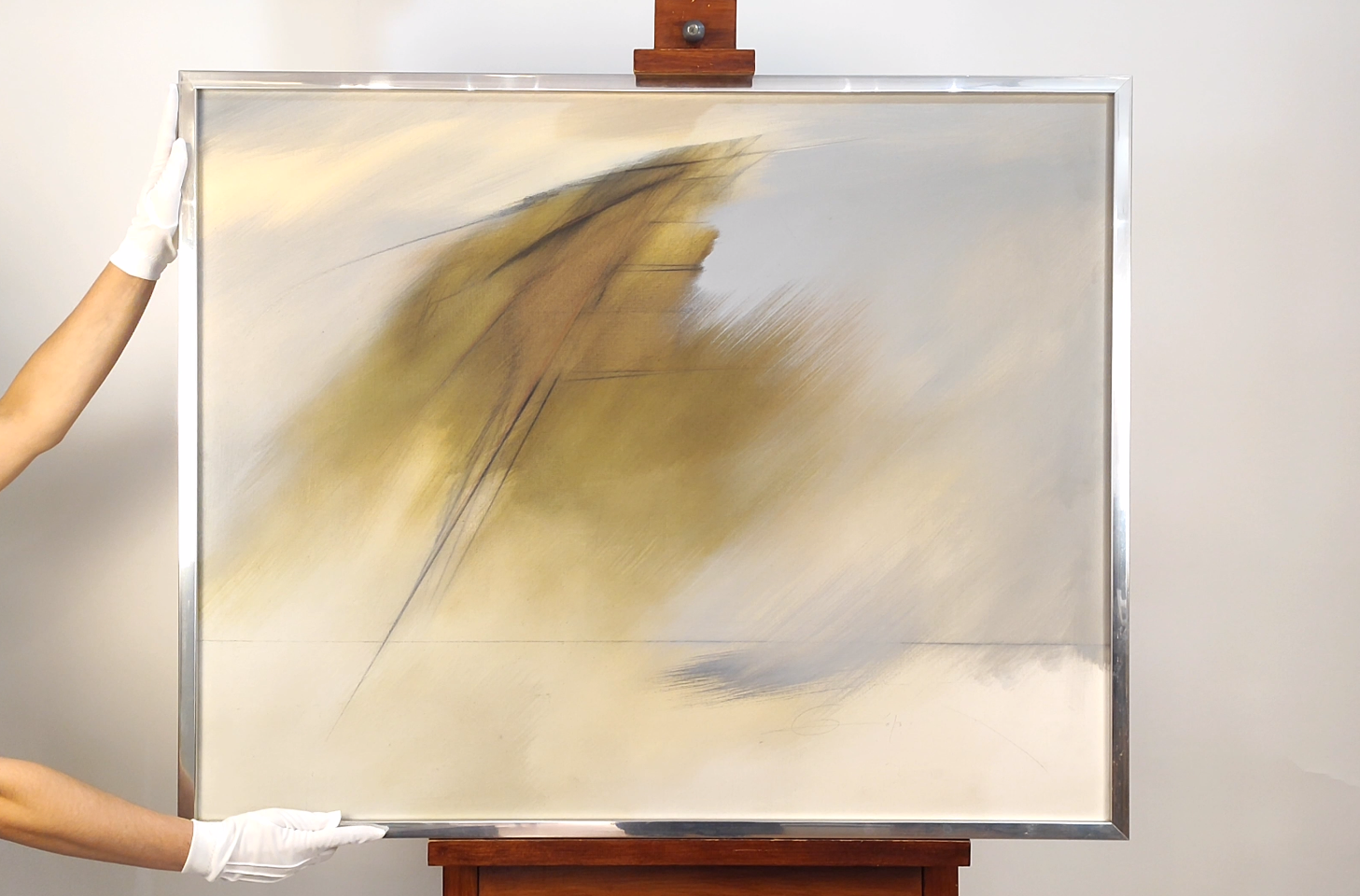
The brilliant post-war generation transformed the artistic practice of the time into a space where plurality and creative richness were a cry for freedom. In this context, the work of Fernando Zóbel, whose figure acted as a catalyst for artistic liberation in Spain, is essential. The excellence of this post-war period has been supported by an international recognition that in recent times has increased thanks to a growing presence, both at museum and commercial level. A symptom of this is the exponential increase in the price of artists like Zóbel within the art market.
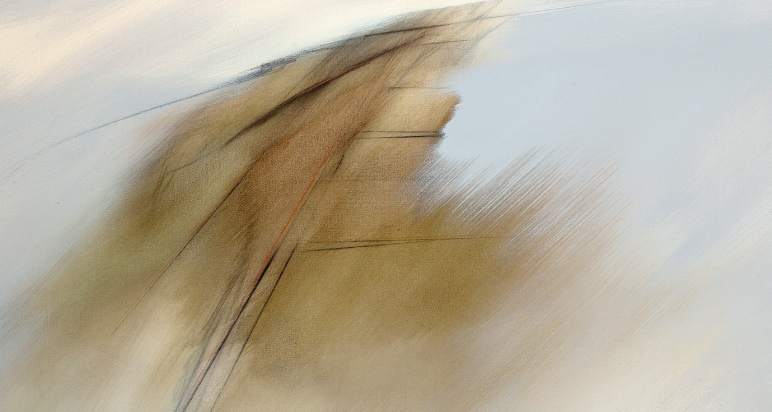
The recognition of the artist of Philippine origin has gone beyond our borders, positioning him as one of the artists on the rise in the international market and especially in the Asian market. Thanks to the moment of expansion that the Asian economy is experiencing, the continent has positioned itself as the leading power within the artistic market, until it broke with US hegemony. So far this year, Zóbel has achieved magnificent results both in Europe and in the Philippines, demonstrating and consolidating the idyll he lives with the world of collecting. Undoubtedly, Zóbel’s figures are the translation of the quality and vision with which the genius brought together a whole generation of artists who, even today, continue to be a reference of freedom and creative transgression.
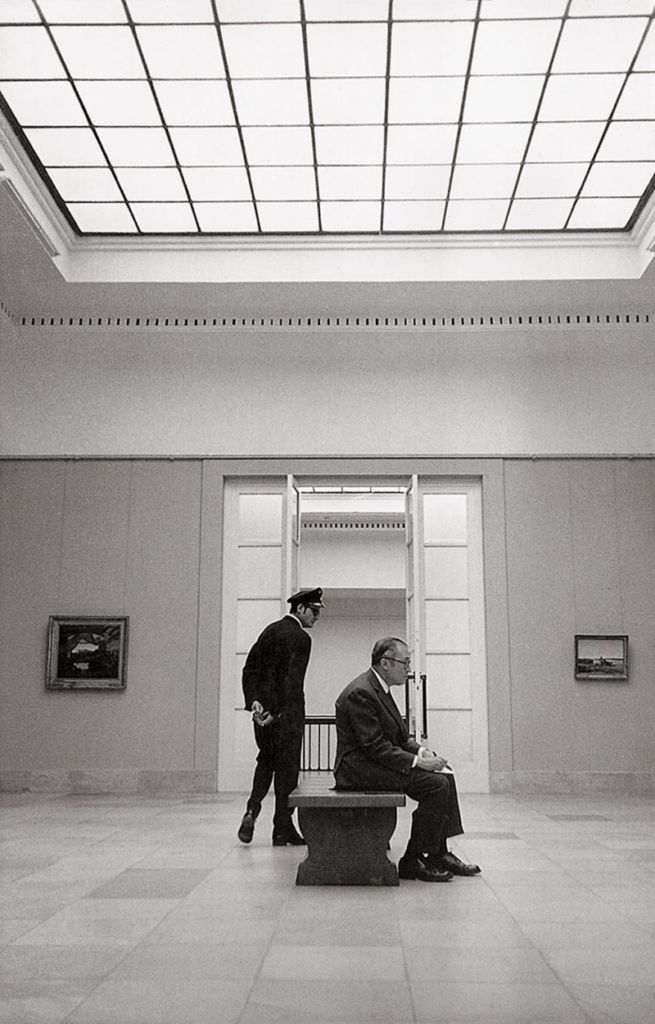
Everything in Zóbel’s career runs in a continuous evolution in which changes flow in a natural and unstoppable way, just like the flow of a river. And precisely inspired by the Júcar River, Zóbel dedicated himself, starting in the 1970s, to experimenting with the reality of the natural landscape, which he reinterpreted from an abstract conception. In her he found the purest expression of the impressions and sensations that his contemplation awakened in him.
This lyrical vision of reality is translated into canvases such as ‘Hocinos’ from 1979, which Setdart will be putting out to tender. In it, the sinuous but precise lines are diluted among the vaporous and evanescent chromatism of the background, thus configuring a space whose structure transports us to an evocative and poetic landscape.
In fact, the work exemplifies the impact that the discovery of abstract expressionism, and in particular that of Mark Rothko, had on his pictorial evolution, pushing him definitively towards the abstract. However, the creative process from which his compositions are based is opposed to the expressionist conception. Far from arising from a random and visceral gesture, they are the result of an eminently mental planning. In his works each element is executed from a meticulous planning of the surface of the canvas thanks to the practically invisible grid with which he covers and structures them. Likewise, Zóbel moves away from expressionist dramatism to base his painting on the nakedness of line and movement, suggested through his strokes that cross the space and intermingle to envelop us in an atmosphere in which the calm air of silence is breathed. This mysticism that emanates in each stroke and each stain has its roots in the deep knowledge of oriental culture and especially of Japanese calligraphy, with which Zóbel, without the need for any hint of representation, is able to evoke the most peaceful and evanescent character of nature. The oriental imprint is also reflected in the contrast of opposite values or elements, bringing us closer to the philosophy of yin and yang and the tireless search for balance between opposing elements, so deeply rooted in his trajectory. Undoubtedly, this new knowledge, rooted in two distant and opposing cultures, is the germ of the birth of his characteristic and inimitable style, the same one that will make him the great representative of Spanish lyrical abstraction.
